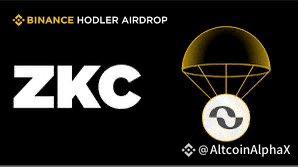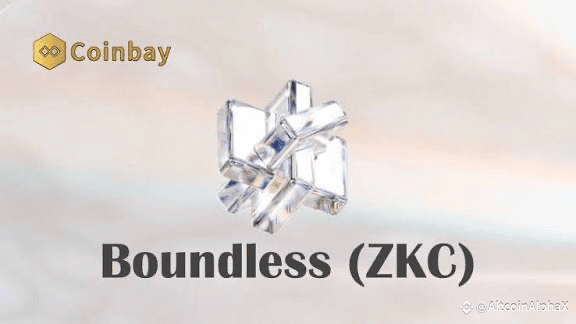Boundless is a zero-knowledge proving infrastructure designed to allow blockchains, applications, and rollups to scale by outsourcing heavy computation to external prover nodes while keeping verification on chain. @Boundless |#Boundless $ZKC
Why Boundless Matters:
Most blockchains today require every node to re-execute all computations, which limits throughput and wastes resources. If a network wants to support complex logic or high transaction volume, it hits bottlenecks. Boundless changes that by providing a shared proving layer: tasks get done off chain by specialized provers, and the chain only verifies a succinct proof. This shift reduces costs, speeds up operations, and lets different networks share the same proving backbone.
How It Works — Key Components:
Decentralized Prover Marketplace: Developers or protocols submit proof requests (statements of computation they want validated). Provers compete to fulfill those requests off chain.
zkVM (Zero-Knowledge Virtual Machine): Boundless uses a general purpose zkVM (e.g. based on the RISC-V design) so that logic written in familiar languages (Rust, etc.) can be proved transparently.
Collateral & Proof Staking (ZKC): Provers must lock up ZKC as collateral before taking on a job. If they fail to deliver, part of the stake is slashed. This ensures reliability and honesty.
PoVW (Proof of Verifiable Work): Rather than wasteful hashing, the network rewards provers based on actually useful work i.e. generating correct proofs.
Aggregation & Efficiency: Multiple proof tasks can be bundled into aggregated proofs to save on verification cost.
Extensions & Tools (e.g. Steel, Kailua): Boundless offers modules to help integrate with Ethereum, rollups, or optimize finality so developers don’t have to reinvent integrations.

Token Role & Incentives (ZKC):
ZKC is central to how the Boundless ecosystem operates:
• Staking & Collateral: Provers stake ZKC to guarantee proof execution.
• Rewards & Emissions: A portion of emissions is allocated to provers who successfully deliver proofs.
• Governance: ZKC holders can vote on upgrades, marketplace parameters, fee schedules, and the direction of the protocol.
• As proof demand grows, more ZKC gets locked up as collateral, which tightens circulating supply.

Risks & Challenges:
Adoption is key: The system only becomes powerful if many protocols and apps use it.
Security & correctness: Bugs in proof systems are dangerous; correctness is critical.
Collateral pressure: Provers must lock significant ZKC; balancing capital efficiency is tricky.
Competition: Other ZK infrastructures and rollups may compete aggressively.
Token dynamics: If demand for proofs lags, ZKC value could suffer.
What to Watch & Next Steps:
Mainnet growth: more proof volume, more provers, more protocols integrating.
Tooling: smoother SDKs, plugins (Steel, etc.) to reduce developer friction.
Aggregation improvements: more efficient proof bundling, faster verification.
Governance activation: letting the community steer upgrades and parameters.
Cross-chain adoption: more L1s, L2s, rollups using Boundless as default proving layer.
Conclusion:
Boundless offers a powerful vision: turning heavy computation into verifiable proofs, letting chains scale without reinventing the ZK stack. With its decentralized prover marketplace, collateralized incentives, and modular extensions, it promises to make zero-knowledge compute accessible across ecosystems. If it achieves widespread adoption, Boundless could become the backbone of next-generation blockchains and large computational applications.